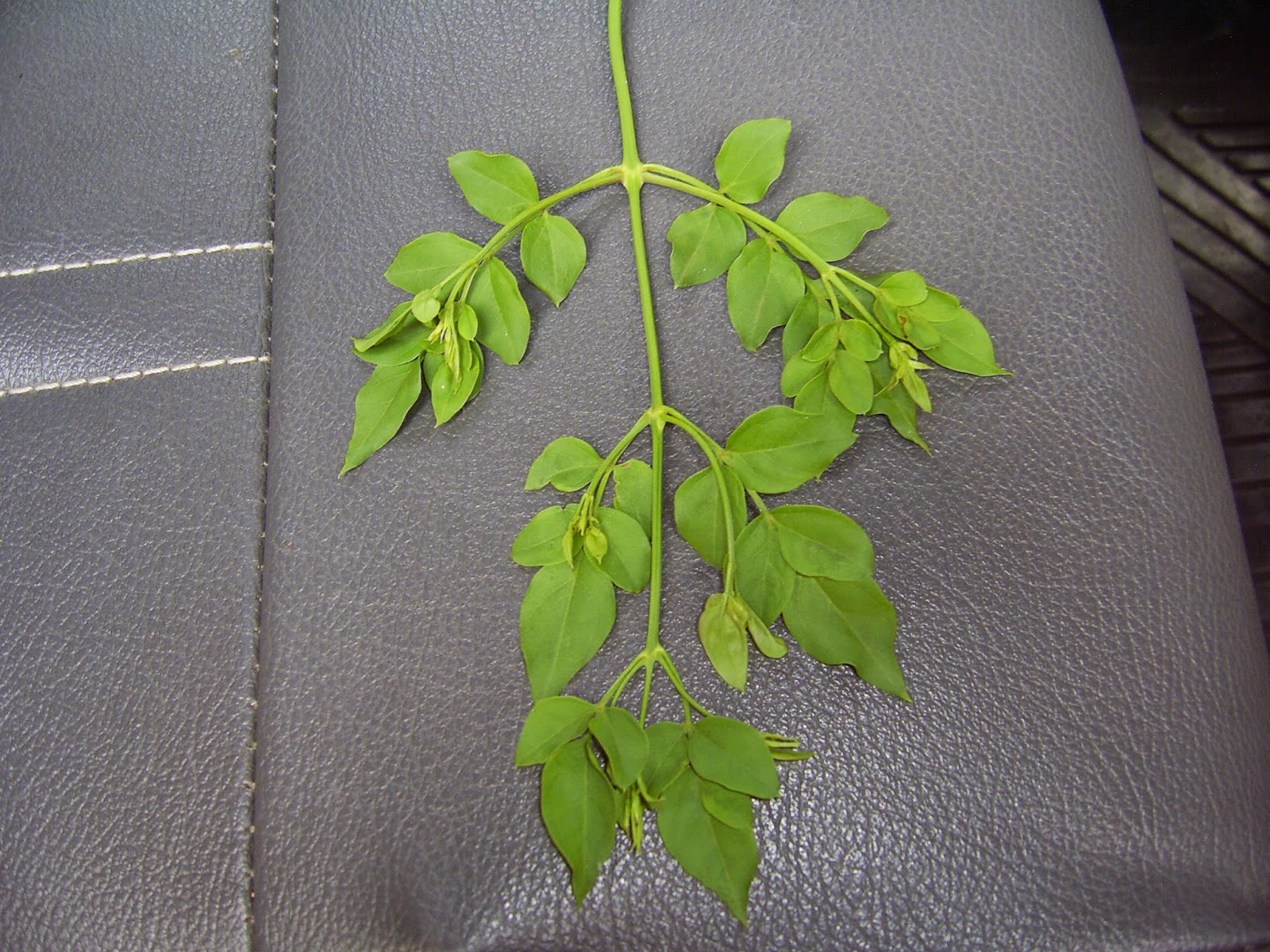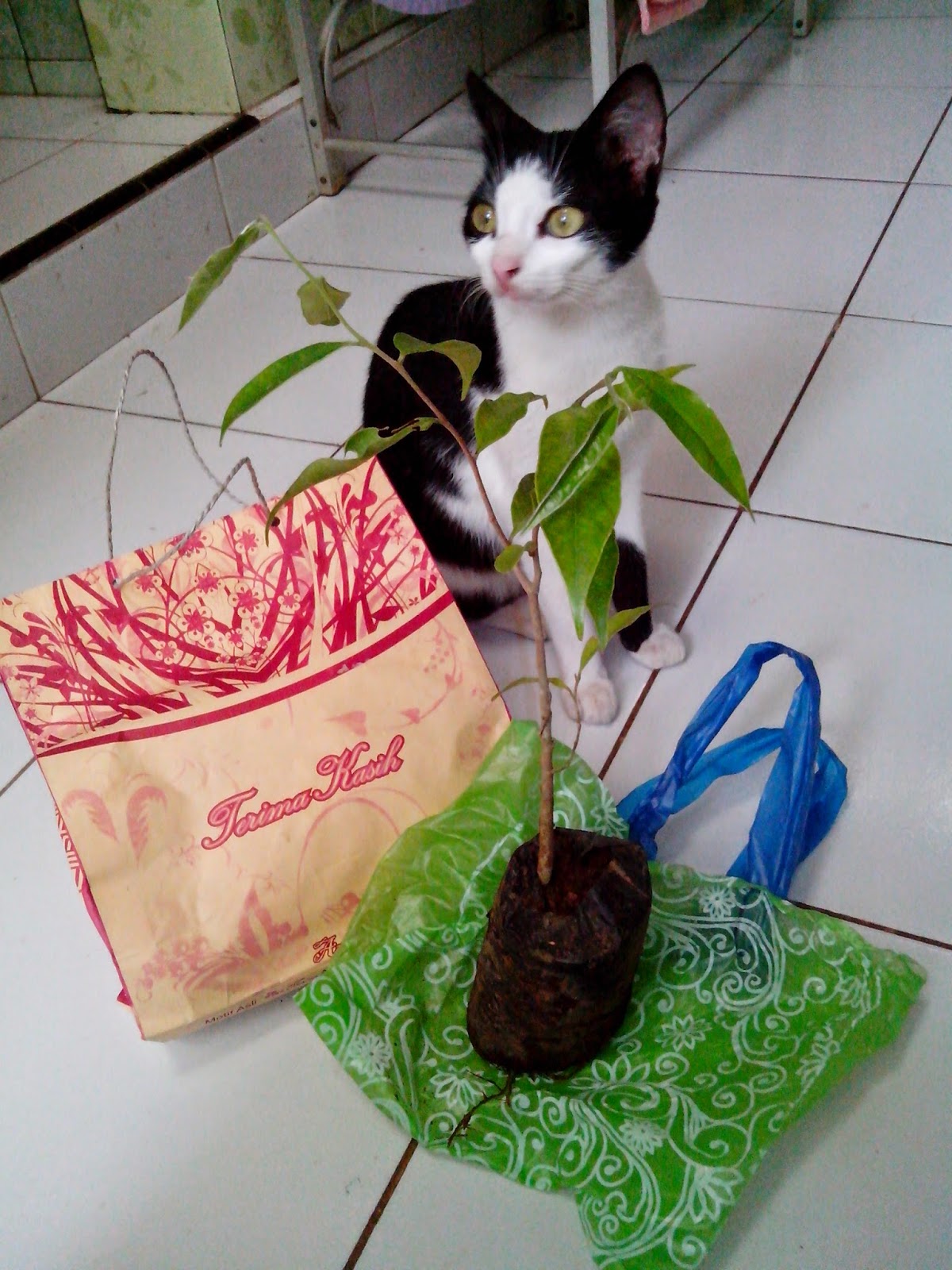Our focus on three commodities; Tea, Bamboo and Eucalyptus.
The locations that we went there was hilly upland area, it was about 50 kilometers from my house.
With cool weather, nice scenery and breeze....
Such a nice trip...
When we took a rest on the roadside while observing a row of Eucalyptus trees, I was so fascinated to a land that full of cabbages.
So green... so fresh... so lovely...
How wonderful if I could live there, with a wide land surrounded by hills and beautiful scenery.
That's really green world...
Beside the cabbage farm was a small tea plantation after hard pruning.
Both of them were separated by a row of Eucalyptus trees.
And at the end of the row, there was a wooden barn.
Live on the farmland is my dream.
Living on the tranquility, peaceful and self-sufficiency.
Oh... a really dream land.
I don't know when I could realize my dream.
The price of the land is so expensive there.
A difficult dream to realize...




















































